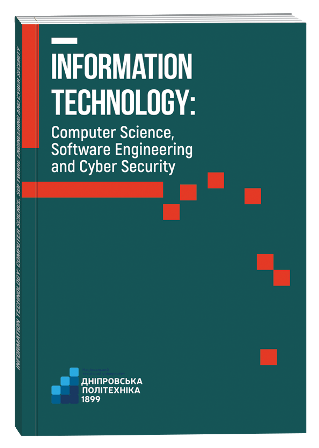SERVER DIAGNOSTIC PERFORMANCE OF THE DISTRIBUTED SCADA
DOI:
https://doi.org/10.32782/IT/2021-2-5Keywords:
SCADA system, failure diagnostics, levels of SCADA software hierarchy, diagram of interaction between structural components, methods of auto-recovery of SCADA performance.Abstract
At the present time, the primary task is to create automatic, maintenance-free systems as well as hardware and software systems. In this regard, it is advisable to diagnose the efficiency of such systems with the possibility of their further self-recovery. Therefore, such systems should function 24/7 in real-time without the involvement of personnel to operate them. The aim of the article is to create and apply methods for automatic diagnostics and auto-recovery after reversible server failures. The server works as part of the hardware and software complex of the distributed SCADA system. This will increase SCADA reliability and fault tolerance. We conducted a review of modern methodologies used in solving problems of this class. This paper considers the main causes of malfunctions in the distributed SCADA system at the stage of industrial operation. The diagram of the main states of the SCADA server backbone node is given, where each of the states corresponds to its characteristic types of failures. We applied the modeling methodology using the Unified Modeling Language to describe the interaction of the structural components of the SCADA server node. This resulted in the creation of the model for one of the scenarios of state changes in the SCADA server backbone node in real-time. The scenario provides methods for preventing system failures due to power outages, as well as methods of auto-recovery after reversible failures which work even if the user interface fails. The scientific novelty of the proposed method of automatic diagnostics of the SCADA server is in the formation of criteria and functional dependencies for the detection and differentiation of reversible and irreversible failures. In conclusion, the result of the method development for prevention and self-recovery of the system after failures lies in a significant increase of its reliability and fault tolerance in the process of industrial operation. This is especially important for critical objects and increased danger.
References
Bailey D., Wright E. Practical SCADA for Industry. Australia: Newnes, 2003. 304 p.
Hunzinger R. SCADA Fundamentals and Applications in the IoT. Internet of Things and Data Analytics: Handbook, Wiley Telecom, 2017. 293 p.
Moore M. S., Monemi, S., Jianfeng W. Integrating information systems in electric utilities. SMC 2000 Conference Proceedings. 2000 IEEE International Conference on Systems, Man and Cybernetics “Cybernetics Evolving to Systems, Humans, Organizations, and Their Complex Interactions”. 2000. № 1. pp. 399–404.
Campos, F.T., Mills, W.N., Graves, M.L. A reference architecture for remote diagnostics and prognostics applications. Proceedings, IEEE AUTOTESTCON. 2002. pp. 842–853.
Mingzan, W., Ziye, Z. Service Architecture of Grid Faults Diagnosis Expert System Based on Web Service. 2007 8th International Conference on Electronic Measurement and Instruments. 2007. pp. 3–413.







